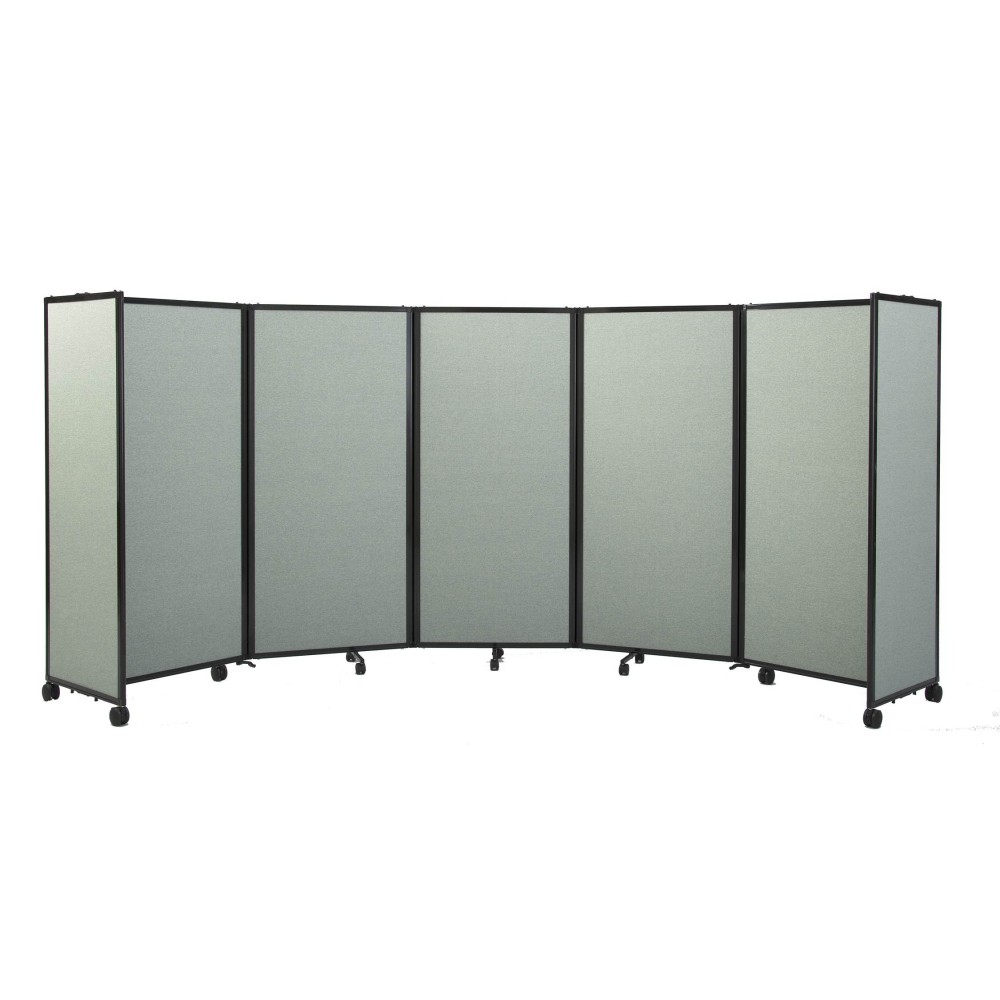

Ninety Degree Corners – Arranging room dividers so that the angle of a ninety-degree corner faces the ambient sound source can reduce the transmitted sound behind the barrier by fifty-five percent.Laboratory testing shows that room dividers arranged in a straight line between a noise source and the receiver block only about 45 percent of the intrusive sound. Straight Line Configurations – Arranging room dividers in a straight line across a space to manage ambient sounds is the least effective method.In general, room divider arrangements offer these levels of sound absorption. Compromise is always a factor for consideration. Arranging your room dividers for optimal sound control may not fit your scheme for efficiently using the space. How you arrange room dividers does significantly affect how much sound they dampen in each space. Arranging the Room Dividers – Getting the Most Effect Manufacturers often have their systems of measuring soundproofing, so comparing one to the other can be almost impossible. There are not industry standards for rating room dividers soundproofing. Any space around, over, or under a room divider provides a transmission avenue.įinding the best room dividers for soundproofing a space is often difficult. A soundproof room divider that extends from floor to ceiling does a much better job than one only 6 feet tall. Size and Shape – Logically, it is easy to understand.The most common materials used in the best sound control room dividers use thickly woven polyester or cork.

Not all of them lend themselves to use in room dividers. Materials – There are many good sound dampening materials available.

In general, the heavier the material used as the dampening agent, the better the results. The density of the material used in the rood divider is related to the sound dampening ability. Weight – A heavier room divider is typically more efficient at dampening or controlling sound.In general, look for these features in a room divider you want to use for noise control However, the approaches that the manufacturers use are the telling portion of the equation. Many room divider manufacturers advertise their room divider designs for sound control or reduction. The key aspects of making meaningful reductions in ambient noise using room dividers must include several different aspects. It is possible to create a more conducive workspace or teaching space using room dividers. Creating a Quiet Space with Room Dividers Understanding how noise propagates through space is essential to getting the most from your room dividers. The way space is divided and the room dividers arranged also influences the effectiveness of the noise control. The materials and construction of the room divider are important. To a certain extent, you can curtail or limit ambient noise using room dividers. No space can be made perfectly soundproof using room dividers. Depending on the material and the construction, room dividers may be more or less effective in controlling nearby sounds.

However, no room divider is perfectly soundproof. Soundproof room dividers may help to some extent. Many planners and designers struggle with managing high levels of ambient noise in these spaces and wonder if soundproof room dividers really work? When dividing space using room dividers, noise is a problem. Many offices and schools need to use their space as efficiently as possible for economic reasons.


 0 kommentar(er)
0 kommentar(er)
